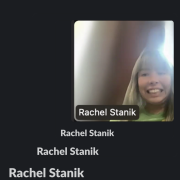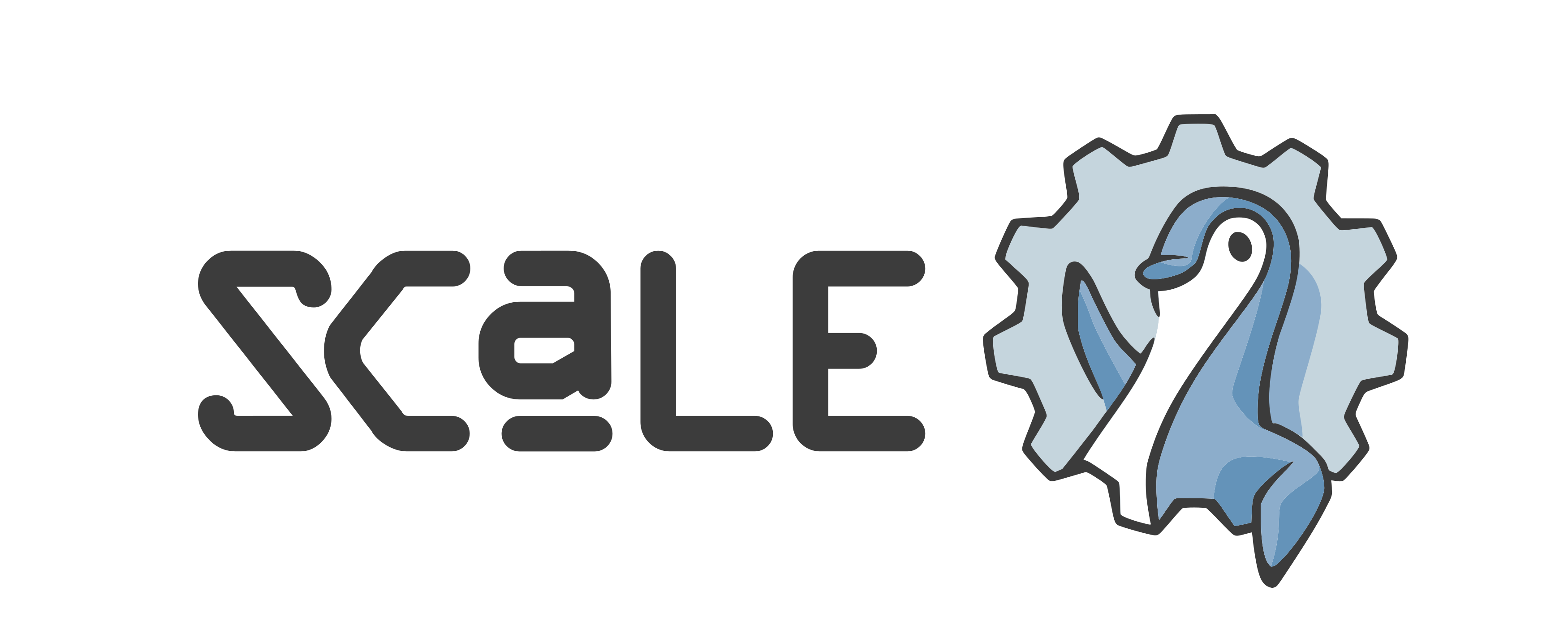Presentations
Evaluating packages with big dependency trees with nix is time consuming. Currently, while there is a local eval cache, evaluation costs are sum up locally but also globally as eval caches are generally not shared across machine or user boundaries. In other places such as searching packages, evaluation is impossible, prohibitively expensive, or just annoying. In this talk I want to introduce different approaches to avoid evaluations, how they are motivated and what their limits are.



OpenStack resolves many challenges even in container era and RAN. Tacker is contributing telecom usecase to O-RAN SC which is a collaboration between the O-RAN ALLIANCE and Linux Foundation aiming to achieve a solution to unify and accelerate the evolution in the RAN. Tacker is designed for managing lifecycle of RAN components and enables user to deploy network functions on OpenStack or Kubernetes for scalability and availability. In O-RAN SC model, Tacker manages network functions with StarlingX for autonomous deployment.

Tigris is a globally distributed S3 compatible object storage, where buckets are no longer tied to a region. In this talk, we share our journey about how we use metrics, traces and logs.

Uncover the risks of online payment processing and how to safeguard against them. Understand what motivates cyber criminals across three major attack types and learn effective strategies for detection and mitigation.





Join us for a hands-on "Open Source for Good" workshop where participants of all skill levels will contribute to real-world social impact projects. Working alongside nonprofit leaders, you'll learn contribution workflows while making meaningful improvements to vetted projects. From beginner-friendly documentation updates to advanced feature implementation, you'll gain practical experience with GitHub tooling and collaborative development practices.

This talk presents the architecture and implementation of a real-time voice understanding system for retail environments, powered by open source AI technologies and deployed on NVIDIA Jetson devices. The system integrates automatic speech recognition (ASR) and large language models (LLMs) to process customer interactions in real-time, enabling conversation understanding, summarization, and sentiment analysis. We will explore system architecture design, selection and evaluation of ASR and LLM models, design trade-offs between latency and accuracy, and share performance test results.

This session will explore why open-source AI is essential for ensuring personal AI remains private, working for you rather than commercial vendors. We’ll discuss the risks of proprietary AI, the growing need for data sovereignty, and how open-source AI offers a secure, customizable alternative. We will also introduce pAI-OS, our own open-source personal AI operating system, designed to empower users with AI they can trust.
Legion M is a fan-owned movie studio owned by a community of over 54,000 investors that has produced movies with the likes of Morgan Freeman, Ed Harris, Sonequa Martin-Green, Natalie Morales, Sean Astin and Ali Larter. Co-founder Jeff Annison is at SCALE and would love to talk with members of the FLOSS community with ideas ando/or interest in applying open-source principles and best practices to the art of creating and releasing movies & TV.







Infrastructure lays the foundation for every daily function and open source drives innovation, cost savings, and adaptability. Together, open infrastructure has adapted to global and regional trends to disrupt proprietary market holds and drive human progress. In the face of recent trends, like licensing changes and redefining infrastructure for AI, open source communities are continuing to collaborate to evolve the projects behind an $8.8 trillion USD market.

